Alright – so today we’ve got the honor of introducing you to Lindsey Bugbee. We think you’ll enjoy our conversation, we’ve shared it below.
Lindsey , looking forward to hearing all of your stories today. Learning the craft is often a unique journey from every creative – we’d love to hear about your journey and if knowing what you know now, you would have done anything differently to speed up the learning process.
1. How did you learn to do what you do? I learned calligraphy through trial and error. Initially, I attempted to use a pointed pen but found it too difficult, so I started with faux calligraphy using regular pens. As I gained confidence, I revisited pointed pen calligraphy and slowly figured out how to achieve thick and thin strokes. At the time, there weren’t many online tutorials available, so I relied on observation, experimentation, and practice. Over time, I improved by creating mail art, sketchbook pages, and taking on small commissions. Eventually, I started sharing my progress on my blog, which led to the creation of calligraphy worksheets, courses, and a thriving business.
2. Knowing what you know now, what could you have done to speed up your learning process?
If I could go back, I would have started with the right tools—like a brass-flanged oblique holder instead of a plastic one—and sought structured learning resources. Since online tutorials weren’t widely available when I started, I had to figure things out through trial and error. Today, aspiring calligraphers have access to structured courses, worksheets, and detailed guides, which can make learning much faster and less frustrating. I also would have practiced on high-quality paper from the beginning to avoid issues like ink feathering.
3. What skills do you think were most essential?
– Patience and persistence: Calligraphy is a skill that takes time to develop, and I had to work through many early frustrations.
– Observation: I closely studied calligraphy styles and envelope designs to understand what made them visually appealing.
– Creativity and adaptability: Since I didn’t have formal instruction, I had to experiment and figure things out on my own.
– Attention to detail: Small refinements in stroke thickness and letter spacing made a big difference in my progress.
– Entrepreneurial thinking: Once I started selling calligraphy commissions and worksheets, I had to develop business and marketing skills to turn my passion into a sustainable career.
4. What obstacles stood in the way of learning more?
– Lack of structured learning resources: When I started in 2011-2012, there weren’t many online tutorials, so I had to teach myself through trial and error.
– Using the wrong tools: I initially struggled with dip pens because I was writing on the wrong kind of paper and using a nib that was above my skill level.
– Self-doubt: In the beginning, I compared my work to that of experienced calligraphers and felt discouraged. However, small commissions and positive feedback gave me the confidence to keep going.
– Limited practice time: Early on, I was working as an office manager, so I had to fit calligraphy practice into my spare time.
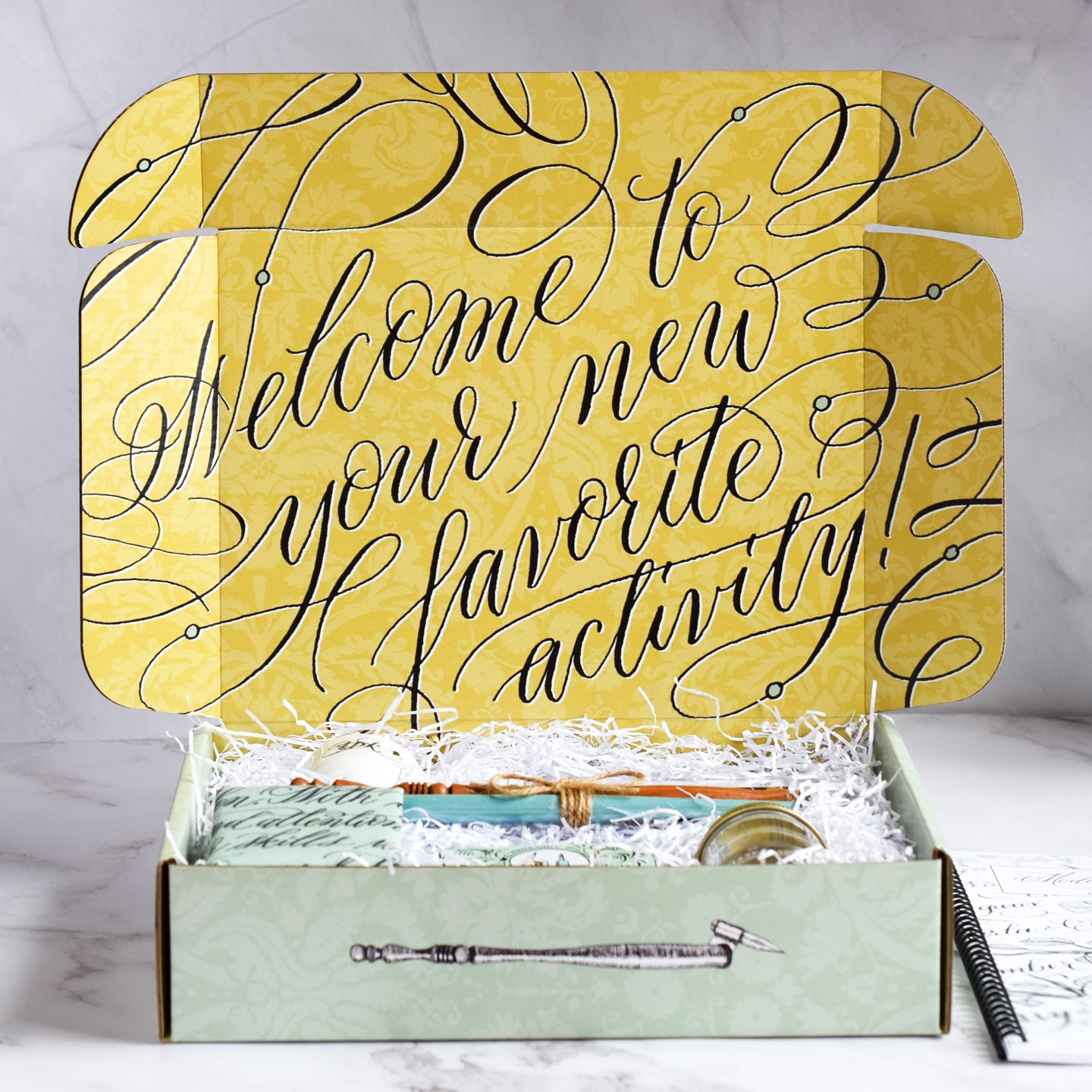
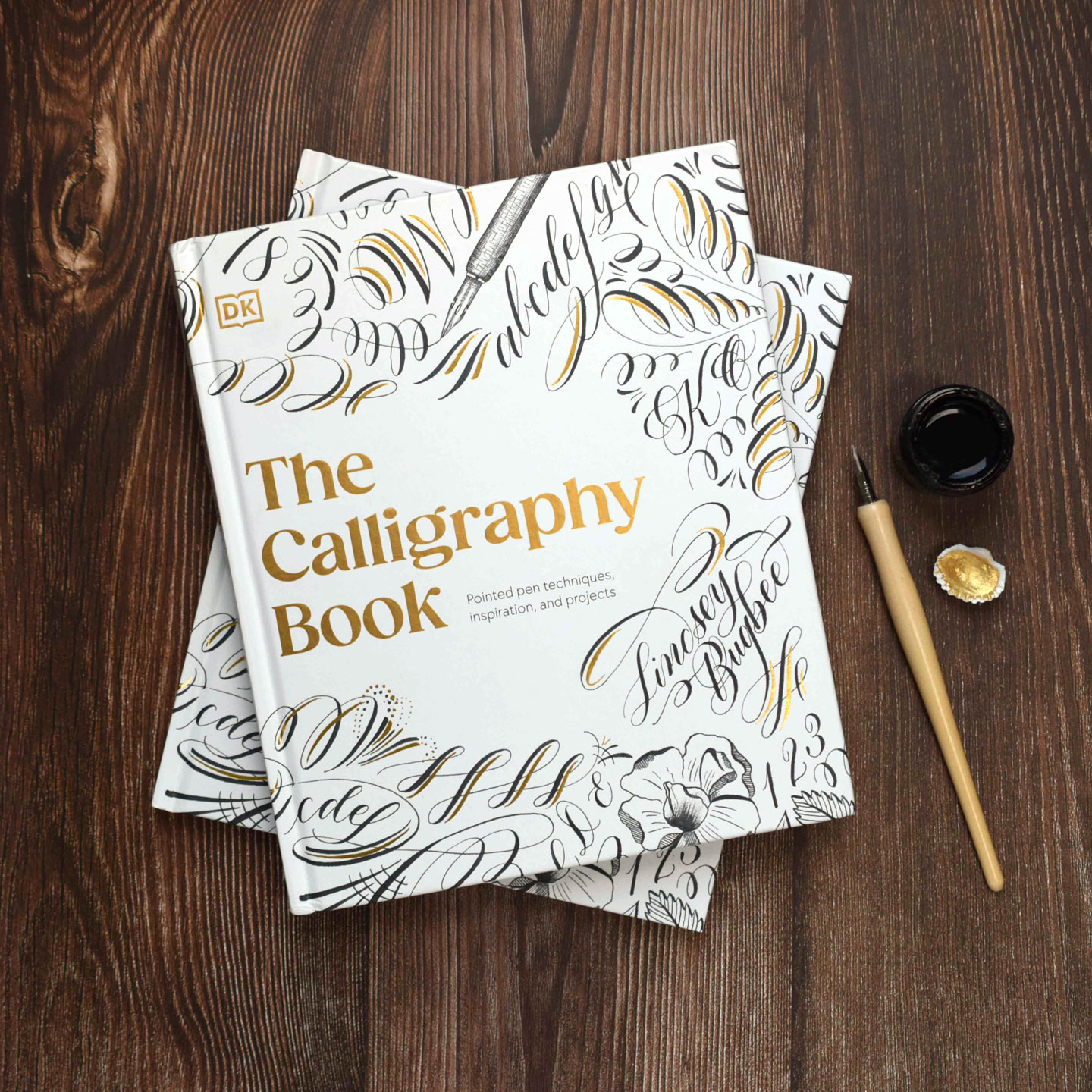
Awesome – so before we get into the rest of our questions, can you briefly introduce yourself to our readers.
Hi, I’m Lindsey Bugbee, the artist, calligrapher, author, and educator behind The Postman’s Knock (TPK). I started TPK in 2012 as a small calligraphy and design business, but over time, it evolved into something much bigger: a thriving hub for creative learning. My passion for art and calligraphy, paired with my love of sharing knowledge, led me to build what is now one of the internet’s most beloved resources for calligraphy and artistic inspiration.
— My Journey into Calligraphy and Creative Business —
Like many creatives, my journey started with a simple love for making things. In 2011, I moved to Boulder, Colorado, and began sending hand-decorated letters to my friends back home in Kansas. I didn’t know it at the time, but those early mail art experiments would lead me down the path to calligraphy and ultimately, to founding TPK.
When I first picked up a pointed pen, I assumed that mastering calligraphy would be quick and intuitive. It wasn’t! I struggled a lot in the beginning, and resources for learning were scarce. Through trial and error, I taught myself—first with faux calligraphy, then slowly with a pointed pen. As I improved, I started sharing what I learned on the TPK blog, and I quickly realized that there was a huge demand for practical, beginner-friendly instruction. This realization changed the trajectory of my business. Instead of focusing solely on creating custom/freelance work, I shifted toward creating learning resources that could help others avoid the frustrations I encountered when I was starting out.
— The Birth of TPK Premium and Digital Learning —
As the TPK community grew, I began developing in-depth worksheets, tutorials, and video courses to guide learners through the calligraphy journey. In 2014, I released my first digital calligraphy worksheet, and the response was overwhelming. Since then, I’ve had the privilege of helping hundreds of thousands of students learn calligraphy through online courses, worksheets, and in-person workshops. In December 2024, I published “The Calligraphy Book” with DK/Penguin Random House—a beautiful, in-depth guide to modern pointed pen calligraphy.
To continue providing high-quality, ad-free content, I launched TPK Premium, a membership that grants unlimited access to my best tutorials, worksheets, and learning materials. Every few days, Premium members receive exclusive new content—whether it’s an in-depth calligraphy tutorial, a watercolor project, or a printable worksheet to practice with. TPK Premium isn’t just about learning; it’s about fostering a community of creatives who are passionate about developing their skills in an inspiring, supportive space.
— What Sets TPK Apart —
TPK is built on the philosophy that creativity should be accessible, enjoyable, and deeply fulfilling. Unlike many calligraphy resources that focus solely on technique, I emphasize creativity, exploration, and making art that feels personal and meaningful. My goal is not just to teach people how to create calligraphy, but to inspire them to enjoy the process, embrace imperfections, and make art that reflects their unique style.
What also makes TPK special is the combination of high-quality instruction and a genuine, personal connection with my audience. I personally write every blog post, respond to emails, and interact with the community. The TPK blog and newsletter are designed to feel like a warm, welcoming conversation between friends—because that’s exactly how I see my readers.
— The Heart of TPK: The Community —
I am incredibly proud of the TPK community. Over the years, I’ve had the joy of connecting with thousands of creatives from all over the world. Seeing people use my tutorials and worksheets to develop their skills, make meaningful gifts, and even start their own creative businesses is the most rewarding part of my work.
— What I Want You to Know —
If you’re new to TPK, the most important thing I want you to know is this: you are capable of learning calligraphy and creating beautiful things. It doesn’t matter if you’ve never picked up a pointed pen before or if you think you “don’t have good handwriting.” Calligraphy is a skill that anyone can develop with practice and the right guidance. And whether you visit TPK for tutorials, premium resources, or just a bit of inspiration, I’m so grateful to have you as part of the TPK community.
To get started, you can explore free printable worksheets, check out my online courses, or join TPK Premium for exclusive learning materials and blog access. Wherever your creative journey takes you, I hope TPK helps you find joy, inspiration, and confidence along the way!
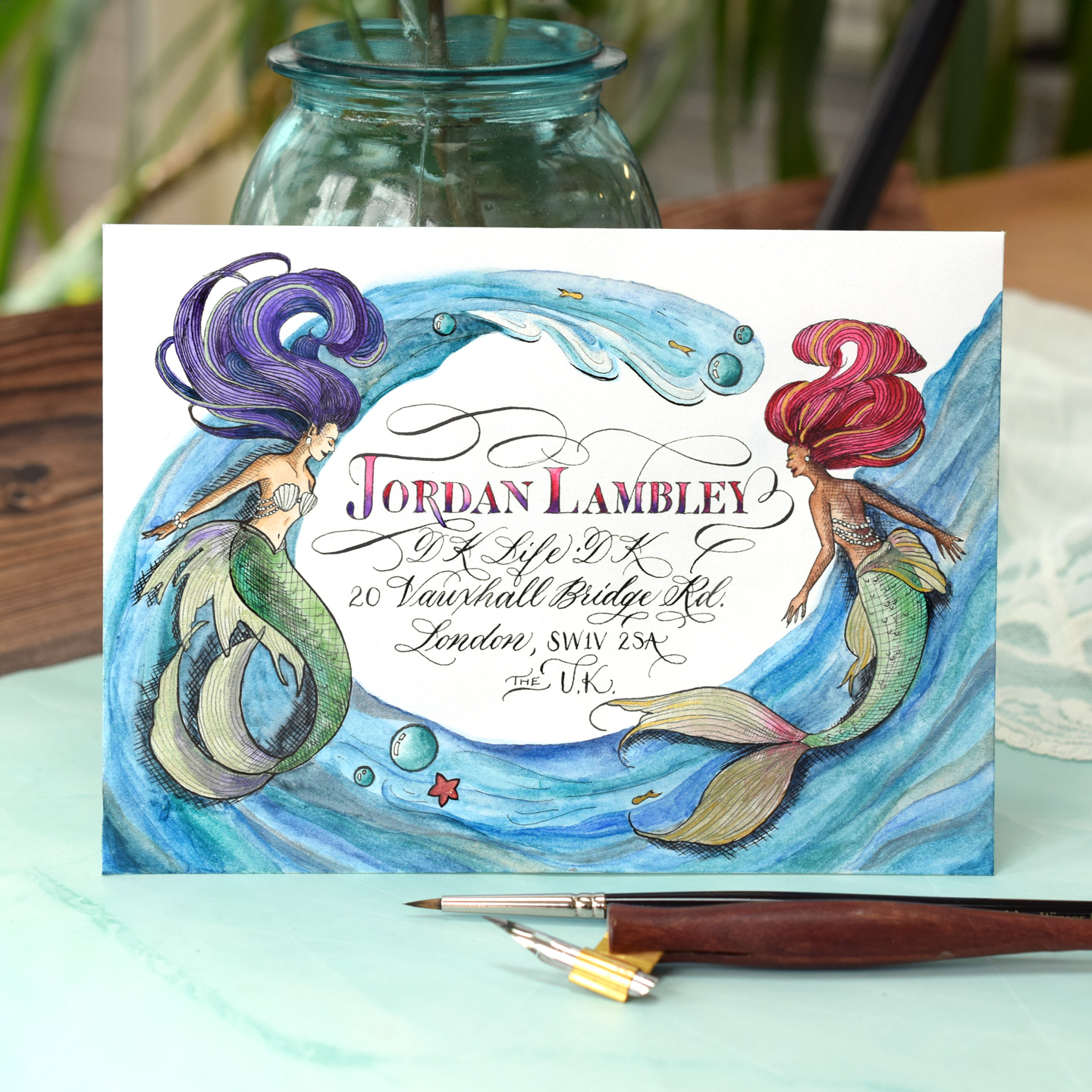
In your view, what can society to do to best support artists, creatives and a thriving creative ecosystem?
One of the best ways society can support artists and creatives is by recognizing the value of their work—especially when it comes to content creation. In today’s digital world, there’s an expectation that creative content should be free. People are used to finding tutorials, guides, and inspiration at no cost; but what often gets overlooked is the incredible amount of time, effort, and skill that goes into producing that content.
For those of us who generate high-quality creative content—whether it’s instructional blog posts, step-by-step tutorials, videos, printable worksheets, or courses—there’s a huge amount of behind-the-scenes work. Writing, photographing, filming, editing, designing resources, and ensuring a seamless user experience takes hours. And yet, there’s a common hesitation to pay for creative content, even though we’d never expect other professionals to work for free.
That’s why I believe one of the most meaningful ways to support artists is to pay for their content. If an artist, writer, or educator has a membership program, a Patreon, or a premium offering—subscribe! If they sell digital downloads, courses, or supplies—purchase them! These contributions make it possible for creatives to continue doing what they do best while maintaining the high quality of their work.
For me, launching TPK Premium was a way to ensure that I could keep producing in-depth, ad-free content while offering real value to subscribers. Every blog post, worksheet, and tutorial takes time, energy, and expertise to create. The small monthly subscription fee allows me to pour my efforts into providing rich, well-crafted learning experiences without relying on disruptive ads or needing to water down my content for search engine optimization.
If we want a thriving creative ecosystem, we need to shift our mindset around paying for art, education, and inspiration. Rather than expecting artists to work for exposure or rely solely on social media algorithms, we should actively support them by purchasing their work and subscribing to their content. When creatives are compensated fairly, they can continue to innovate, inspire, and share their knowledge with the world—making creativity more accessible and enriching for everyone.
So, next time you come across an artist or educator whose work you enjoy, consider how you can support them. A small investment in their creativity helps to ensure that they can keep sharing it with the world.


For you, what’s the most rewarding aspect of being a creative?
For me, the most rewarding part of being an artist and creative is the connection it fosters—both with my own creativity and with others. There’s something so cool about taking an idea, bringing it to life with ink, paint, or words, and then sharing it in a way that sparks inspiration for someone else. Whether it’s through a blog post, a tutorial, or a worksheet, knowing that my work is helping others explore their own creativity is deeply fulfilling.
I especially love when people tell me that they’ve rediscovered their artistic side through my content. Many of my readers and students start off feeling hesitant about trying calligraphy or illustration, but once they get started, they realize that creativity isn’t about perfection—it’s about enjoying the process. When I hear that someone has picked up a pen for the first time in years or that they’ve sent their first handmade envelope, it reminds me why I do what I do.
Another huge joy is the learning process itself. Art is never something you “master” once and for all—it’s a lifelong journey of discovery. I’m constantly evolving, experimenting, and finding new ways to teach and create. TPK Premium has allowed me to push myself further, exploring new ideas and techniques that I might not have otherwise pursued. The ability to share that journey, to teach others what I learn, and to see them grow in their own creativity—that’s what keeps me motivated and excited every day.
At the end of the day, art has a way of bringing people together, whether through a shared love of lettering, a beautifully addressed envelope, or a simple doodle in a sketchbook. Knowing that my work plays a small part in encouraging creativity and self-expression in others? That’s the best feeling in the world.
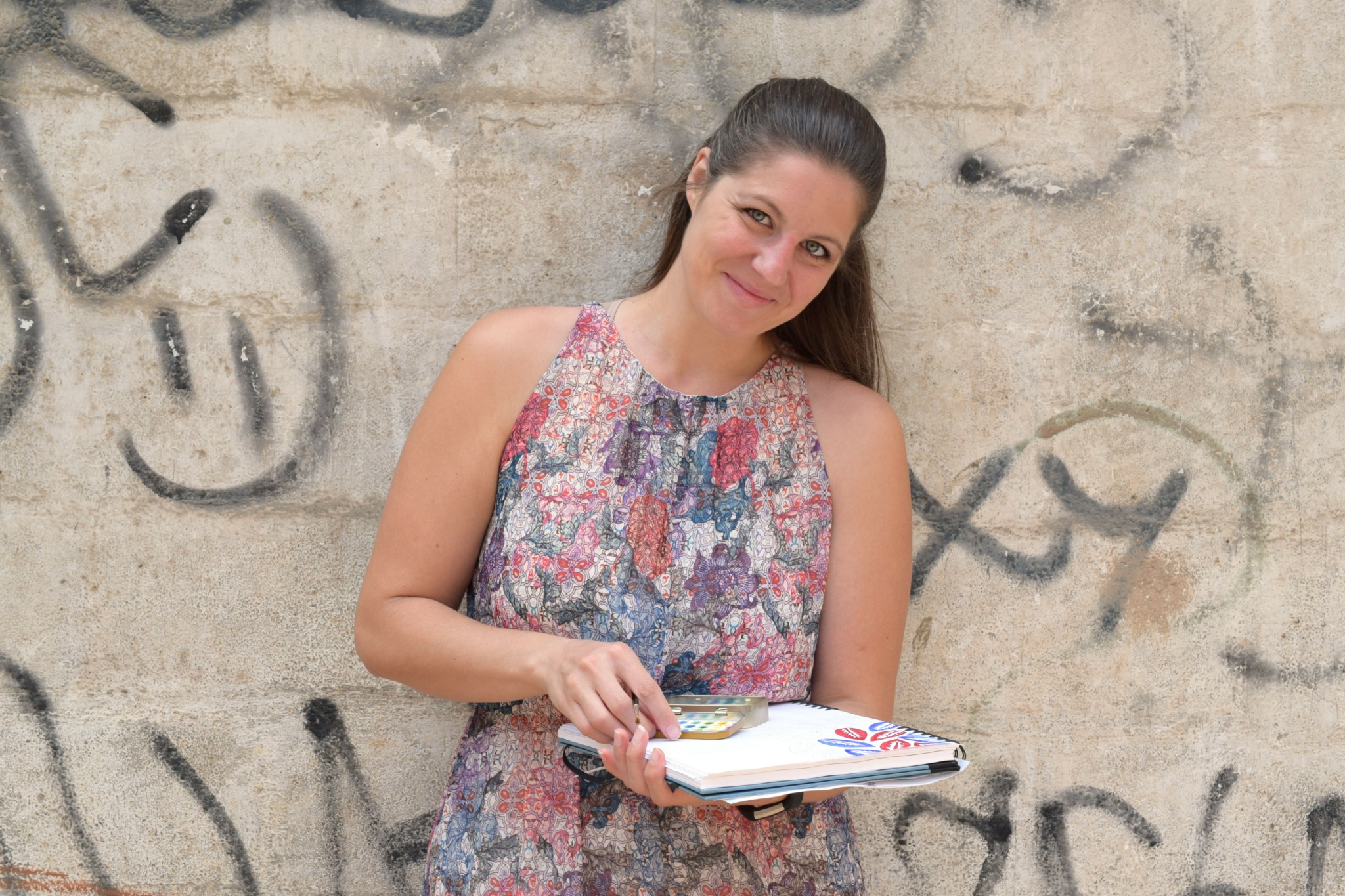

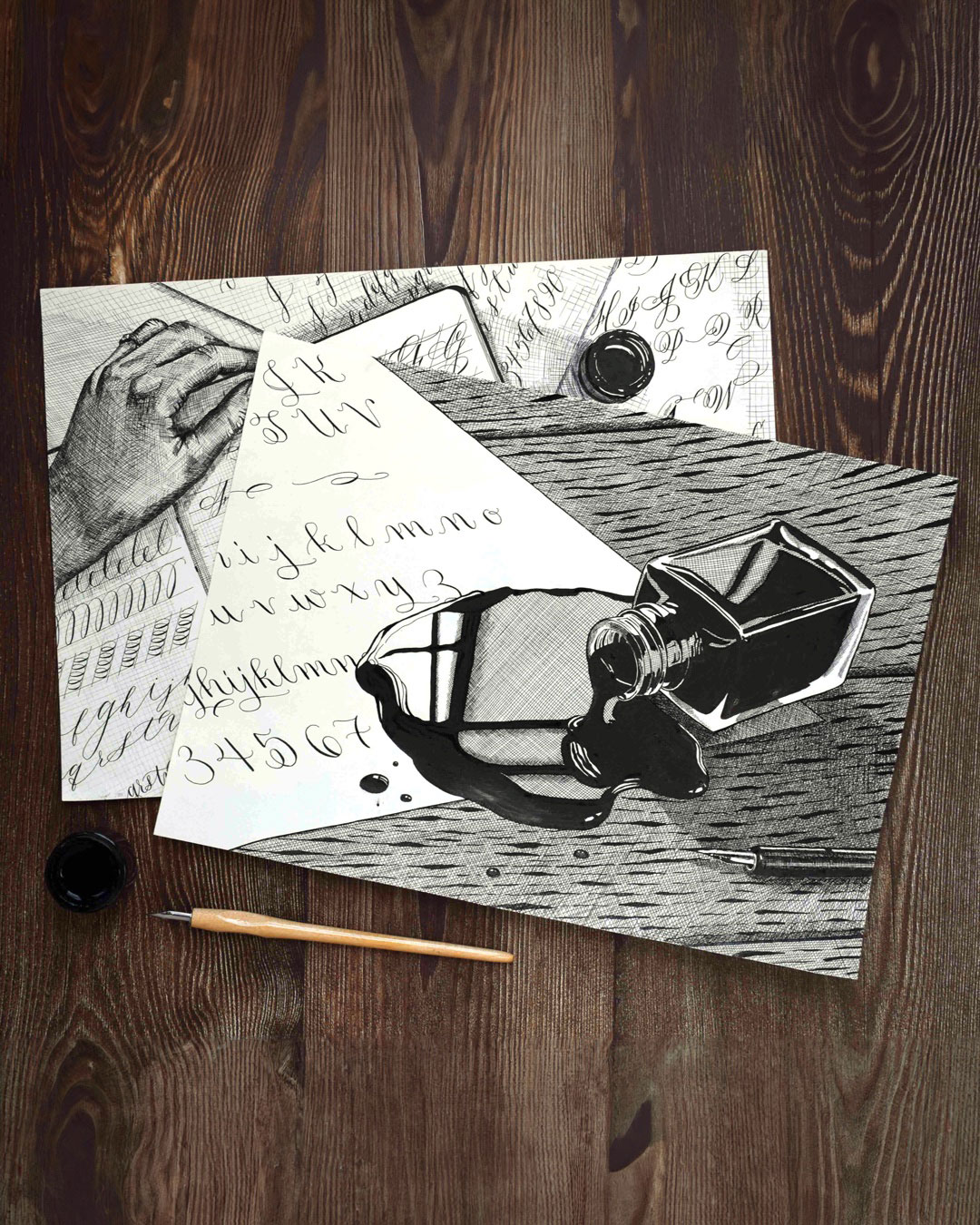
Contact Info:
- Website: https://thepostmansknock.com/
- Instagram: https://www.instagram.com/thepostmansknock/
- Facebook: https://www.facebook.com/ThePostmansKnock/
- Youtube: https://www.youtube.com/@LindseyBugbeeTPK
- Other: https://www.pinterest.com/thepostmansknock/
Image Credits
Paul Lopez took the photos of me teaching (blue dress, stack of three photos).


